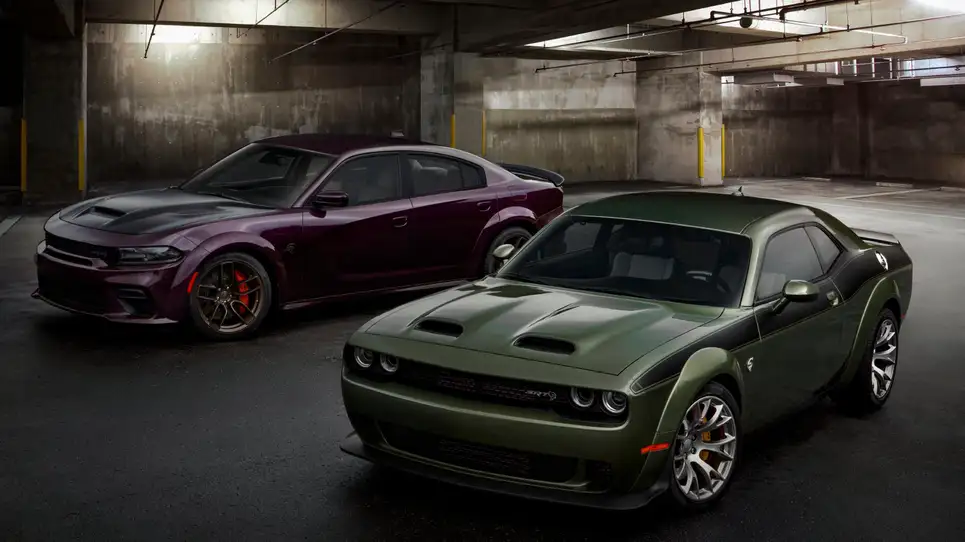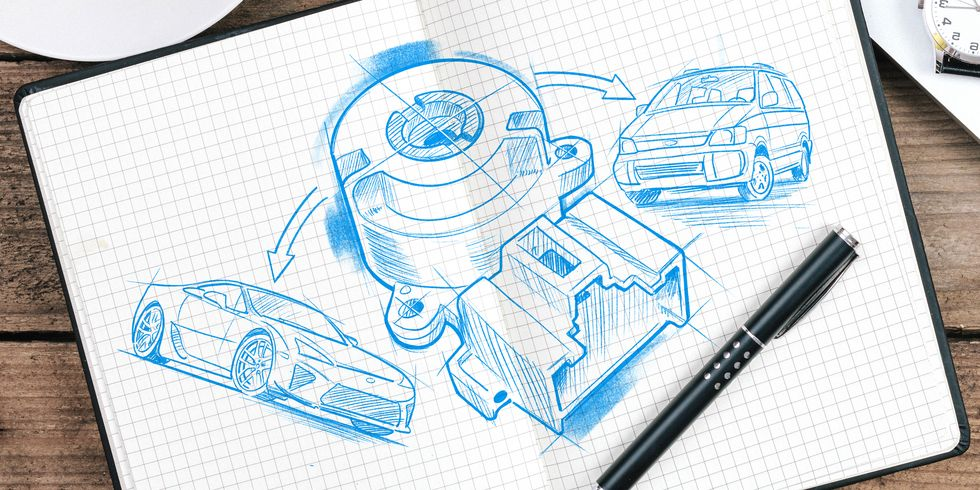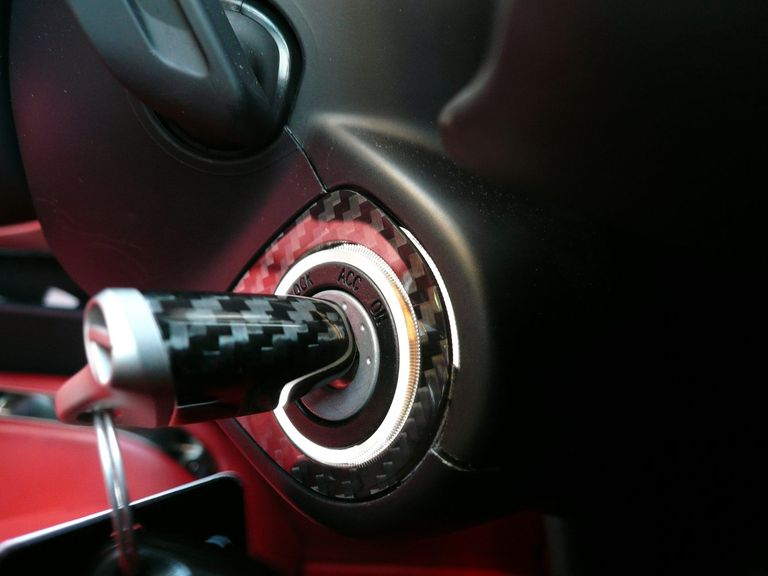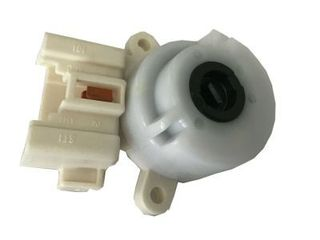Search the Community
Showing results for tags 'naturally aspirated'.
-
Source: https://www.motor1.com/photo/6953185/2023-subaru-rex/ It's essentially a rebadged Daihatsu Rocky and revives a name last used 30 years ago. The Subaru Rex debuted in 1972 as a rear-engined kei car with rear-wheel drive that was followed by a second generation in 1981 that switched to a front-mounted powertrain and FWD. The Japanese automaker transitioned the pint-sized vehicle to the Mk3 model in 1985 with supercharged engines before pulling the plug in 1992. The Rex is back for 2023, and this time around, it's not a Subaru per se since we're looking at a rebadged Daihatsu Rocky. Also sold as the Toyota Raize and Perodua Ativa, the subcompact crossover is much bigger than the three Subaru kei cars before it. The third-gen Rex is 3995 millimeters (157.3 inches) long, 1695 mm (66.7 in) wide, and 1620 mm (63.8 in) tall, with a wheelbase measuring 2525 mm (99.4 in). Although the Rocky is sold with an optional all-wheel-drive system, the Subaru version is strictly front-wheel drive. Power is provided by a naturally aspirated 1.2-liter gasoline engine rated at a mighty 87 hp (64 kW) and 113 Nm (83 lb-ft) of torque. The three-pot mill sends its muscle to the front axle via a continuously variable transmission. It's worth mentioning Daihatsu also sells the Rocky with a more potent turbocharged 1.0-liter engine with 98 hp (72 kW) and 140 Nm (100 lb-ft) but it's not available for the Subaru Rex. While the engine seems anemic, the Rex is a light car considering it tips the scales at less than 1,000 kilograms (2,200 pounds). Subaru is confident the three-cylinder mill is capable of delivering "powerful and smooth acceleration" while providing excellent fuel economy. There are even driving modes available for what will primarily be a city car. Available in G and Z grades, the new Rex starts at 1,820,000 yen (about $13,000 at current exchange rates) and rises to 2,171,100 yen ($15,600) for the better-equipped model. Subaru doesn't project it will be a huge seller as the target is to move only 150 cars per month. I must say, Toyota & Subaru have gotten really close knitted ya? hahaha.
- 15 replies
-
- 6
-

-

-
.png)
-
<Dodge Sets 2024 Death Date For Charger And Challenger To Make Way For The Brand's "eMuscle" The best selling muscle cars in America will be gone in the next two years as Dodge transitions EVs Dodge Charger and Challenger Jailbreak models. Image: Dodge It’s finally happening: The Dodge Charger and Challenger muscle machines will be no more by 2024. Motor Trend spoke with Dodge CEO Tim Kuniskis about the brand’s plans for the next two years as the company tries to appease muscle fans and appeal to EV buyers. Kuniskis is aware that a lot of people won’t be happy with the direction the brand is taking (he’s already receiving death threats for the changes). He calls it, “feeding the beast.” Image: Dodge The discontinuation of the Charger and Challenger, and the start to the brand’s EV models are all a bigger part of its “Never Lift” plan. Within the 24 months of the plan, Dodge plans to release special editions of each departing model: Editions they think will get people talking like the recently introduced Jailbreak. It’s really more of a softening of the blow to muscle car fans who will soon be robbed of their Hemi fix from the brand. Image: Dodge So, you’re asking, “what’s replacing the Charger and Challenger?” Those of you waiting for an EV muscle car won’t have to wait long. Kuniskis says a concept version of the “muscle EV” is coming in the next four or five months. And in a surprising nod to automotive outlets, it’ll be able to be driven and tested. Dodge also has a plug-in hybrid expected to go into production at the end of 2022. We speculate it may be a version of the Durango, but Kuniskis didn’t say whether or not the Durango would be moving to a new platform or if the model would be around at all. A third new model is also in the works. Kuniskis is light on details, but says “The third one is going to be a very, very, very, significant car at the end of the year.” And in a move that should make our very own Jason Torchinsky very happy, Dodge’s made up Fratzog badge will be used exclusively on EVs. Whatever floats your boat, or rather, charges your batteries. So you muscle car fans who are mad about this: calm down. Chances are the power output is even better than your Hemis anyways, and it needs to be done for the planet. You can expect these new models to take the stage at major auto shows next year, presumably in Dodge’s Detroit home, at the North American International Auto Show.>
- 1 reply
-
- dodge
- charger
-
(and 19 more)
Tagged with:
- dodge
- charger
- challenger
- american muscle
- no replacement for displacement
- naturally aspirated
- supercharged
- stellantis
- fiat chrysler automobiles
- electric cars
- electric vehicles
- electric muscle
- emuscle
- drag racing
- quarter mile
- dominic toretto
- i live my life a quarter mile at a time
- family
- fast and furious
- muscle cars
- hemi v8
-
https://www.roadandtrack.com/car-culture/a38212473/cheap-part-that-starts-every-lexus-lfa/ <The $7 Part That Starts Every Lexus LFA The Lexus LFA was one of the last supercars to use a physical key to start—and the ignition switch is shared with the lowly Tercel. The keyed ignition switch is nearly a thing of the past. Today, even base-model economy cars are showing up with keyless push-button start. But it wasn’t so long ago that even top-end cars had traditional metal keys. One of the most recent examples is the Lexus LFA, an otherworldly supercar built from cutting-edge carbon fiber-reinforced polymer and powered by one of the best sounding engines in the history of the automobile. And yet, to start that V-10 engine, you have to twist an ignition switch with utterly humble roots. Welcome to The Parts Department, where we follow basic car components to their strangest destinations. Toyota part No. 84450-12200 is a keyed ignition switch that was nearly ubiquitous in the automaker’s North American products starting in the mid-Nineties. It first appeared in the dashboards of cars like the Tercel and Paseo before spreading to the rest of the Toyota and Lexus lineups over the next decade and a half. At its peak, this ignition switch was used in almost every Toyota and Lexus made in the early 2000s, before slowly dropping off as push-button ignitions were introduced. Around 2010, it seemed like the switch was done for good in the Lexus lineup. The only Lexus left that used 84450-12200 was the aging SC 430, which was cancelled after the 2010 model year. But then our humble ignition switch reappeared in 2011, in the dashboard of Lexus’s new performance halo, the LFA. The screaming supercar’s key may have been adorned with milled metal and carbon fiber, but it operated the same tumbler found in the lowly Tercel. The LFA’s ignition key and tumbler were dressed up with carbon fiber, but underneath was the same old part. - LEXUS No. 84450-12200 had a much longer life in the Toyota lineup, appearing in the 4Runner up until this year (SmartKey push-button starting finally becomes standard equipment on the SUV for 2022). The ignition switch also appeared in the Scion iQ, TC and xB from 2005 to 2016, when the brand folded. Our friendly ignition switch retails for $114.53 from Toyota and Lexus dealers, but online OEM discount stores typically sell it for just under $80. Thanks to the fact that it’s shared across so many Toyota and Lexus models, the switch is a popular item in the aftermarket, with nearly a dozen companies offering their own versions to fit. The cheapest version, from Ultra-Power, costs less than $7. TOYOTA PARTS While the North American models that use this switch are all familiar names, overseas parts catalogs show that 84450-12200 was used in a wide array of Japanese and European-market vehicles. They range from quirky MPVs like the Toyota Picnic to utilitarian vehicles like the Townace. Built from 1985 to 2007, the cab-over-engine Townace, available as a van, pickup or cube truck, is about as far as you can get from the Lexus LFA supercar—which just goes to show that, even when Toyota was building an ultra-limited-production supercar with a mid-six-figure price tag, the company still relied on its extensive parts bin for reliable, mundane components. Toyota Townace Noah - TOYOTA Much like the manual transmission, traditional metal ignition keys are on their way out. The LFA may have been one of the last supercars with a conventional key-switch ignition. But coincidentally, Toyota was at the forefront of a recent revolution in ignition keys, as one of the first automakers to introduce laser-cut keys. This was one of many innovations that debuted on the 1990 Lexus LS 400, the car that launched the Lexus brand in North America. Toyota started slowly phasing out turn-key ignition in the United States in the mid-2000s. A push-button start switch appeared first on the 2004 Toyota Prius, then spread across the rest of the hybrid lineup. Today, Toyota’s start button is so widespread, it even appears in the company’s race cars: The Lexus RC F GT3 car that I work on as a pit crew member uses the same start button you’d see in a street-legal Lexus, and the Toyota GT86 TCA race car also has a production-style start button. In today’s supercars, you start the engine with a switch, button or knob, usually made of a high-quality metal or composite that echoes the advanced materials found in the body or chassis—and activated by a gorgeously designed electronic key fob in your pocket. It’s nice to know that, not very long ago, a simple and robust key-switch ignition was able to make its way from a humble economy car all the way to the ultimate halo of the Lexus brand.>
-
Folks who own TC car. Is yr premium higher compared to another variant of same make? Eg. A sedan with 2 variant 1.4L TC vs 1.6L NA. Are you paying the same insurance premium as a 1.6L variant? Or maybe I should phrase it as "Should insurance premium for 1.4L TC be lower than a 1.6L NA"? TIA for your inputs.
- 58 replies
-
- turbo-charged
- naturally aspirated
-
(and 2 more)
Tagged with:
-

Audi will keep its naturally aspirated engines for the next-generation R8
FaezClutchless posted a blog entry in MyAutoBlog
The current Audi R8 has been around since 2006 and the German automaker has decided that it is time for a change. Audi has projected a release date for the next-generation R8. The hard-top version will be released sometime in the second half of 2014 and the following year for the convertible version. Audi R8 GT Spyder Audi has revealed some details about the next-generation R8 and it seems that the company is taking a progressive approach to it. The next-generation Audi R8 will feature a two engine line-up and they will be naturally aspirated. The new engines will be enhanced versions of the 4.2 litre V8 (for the base model) and the 5.2 litre V10 (for the high performance version). Expected power output for the V8 engine is around 450bhp (414bhp). The V10










